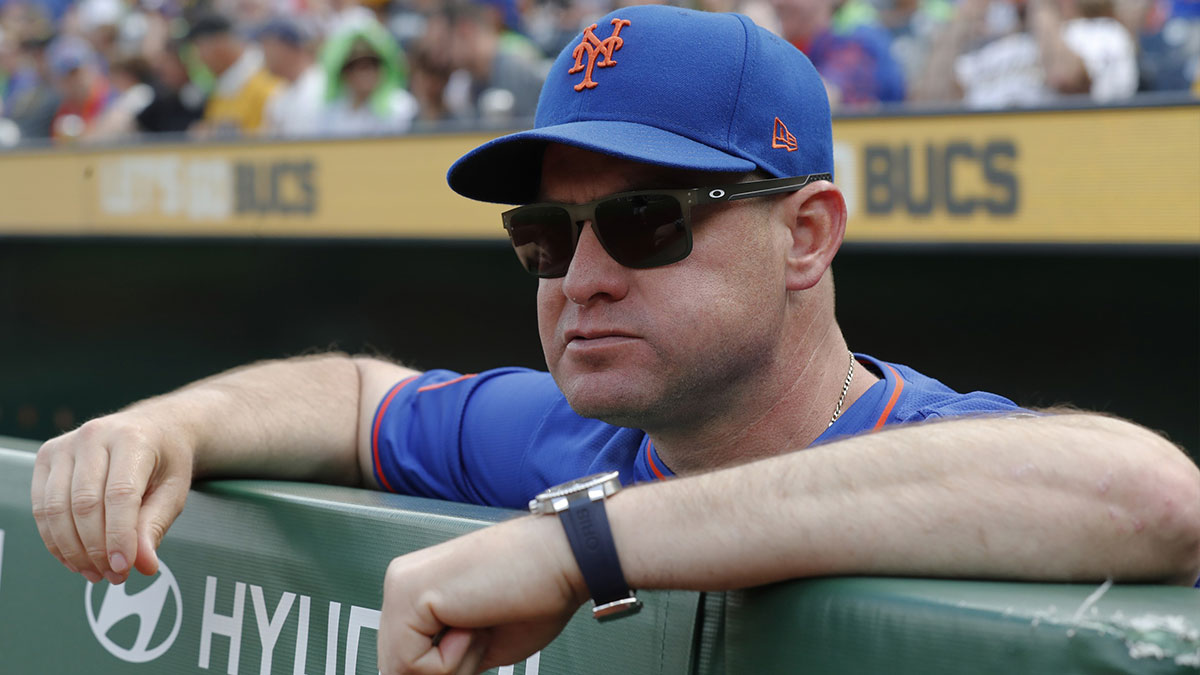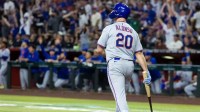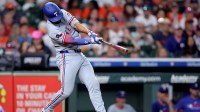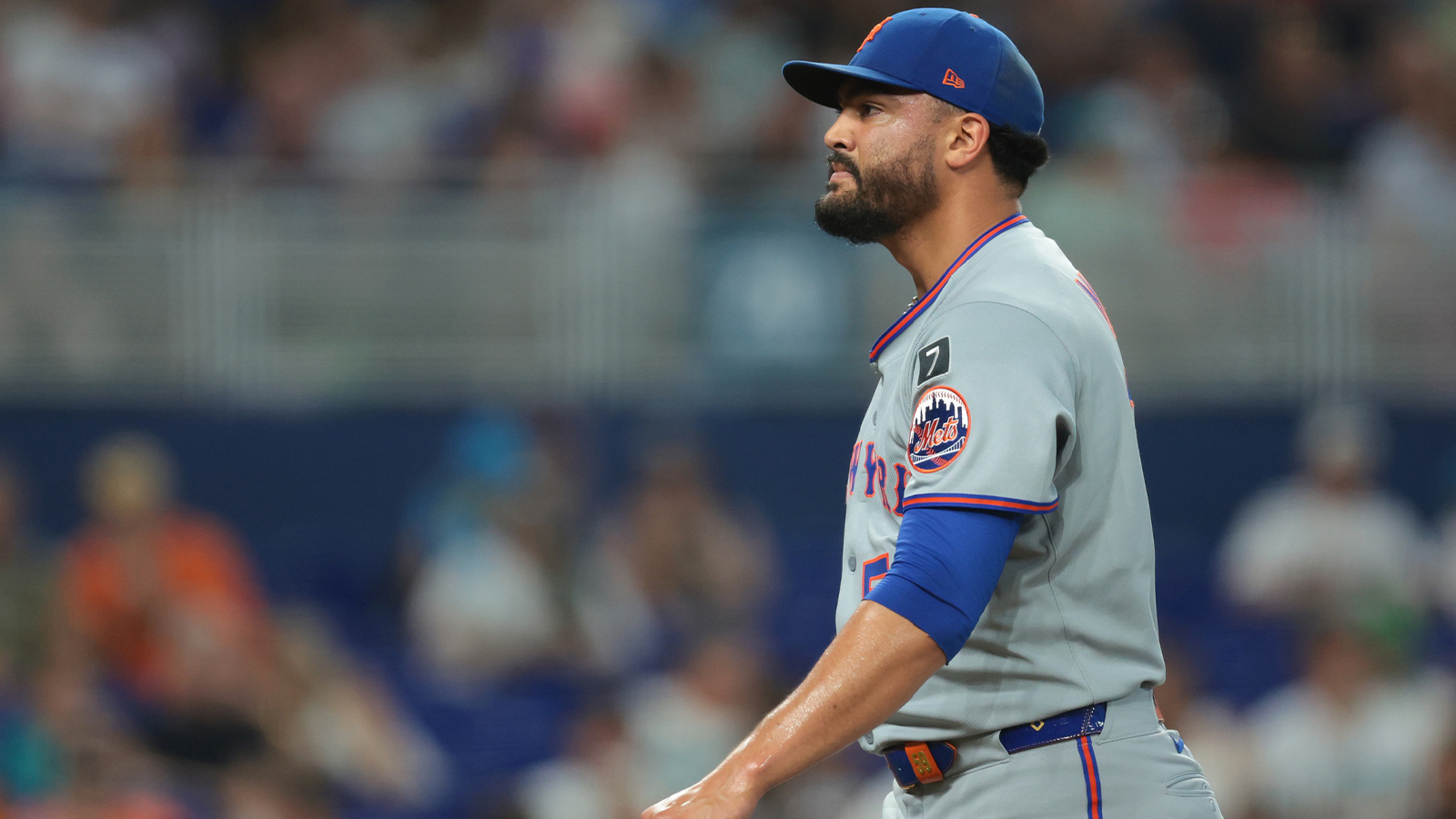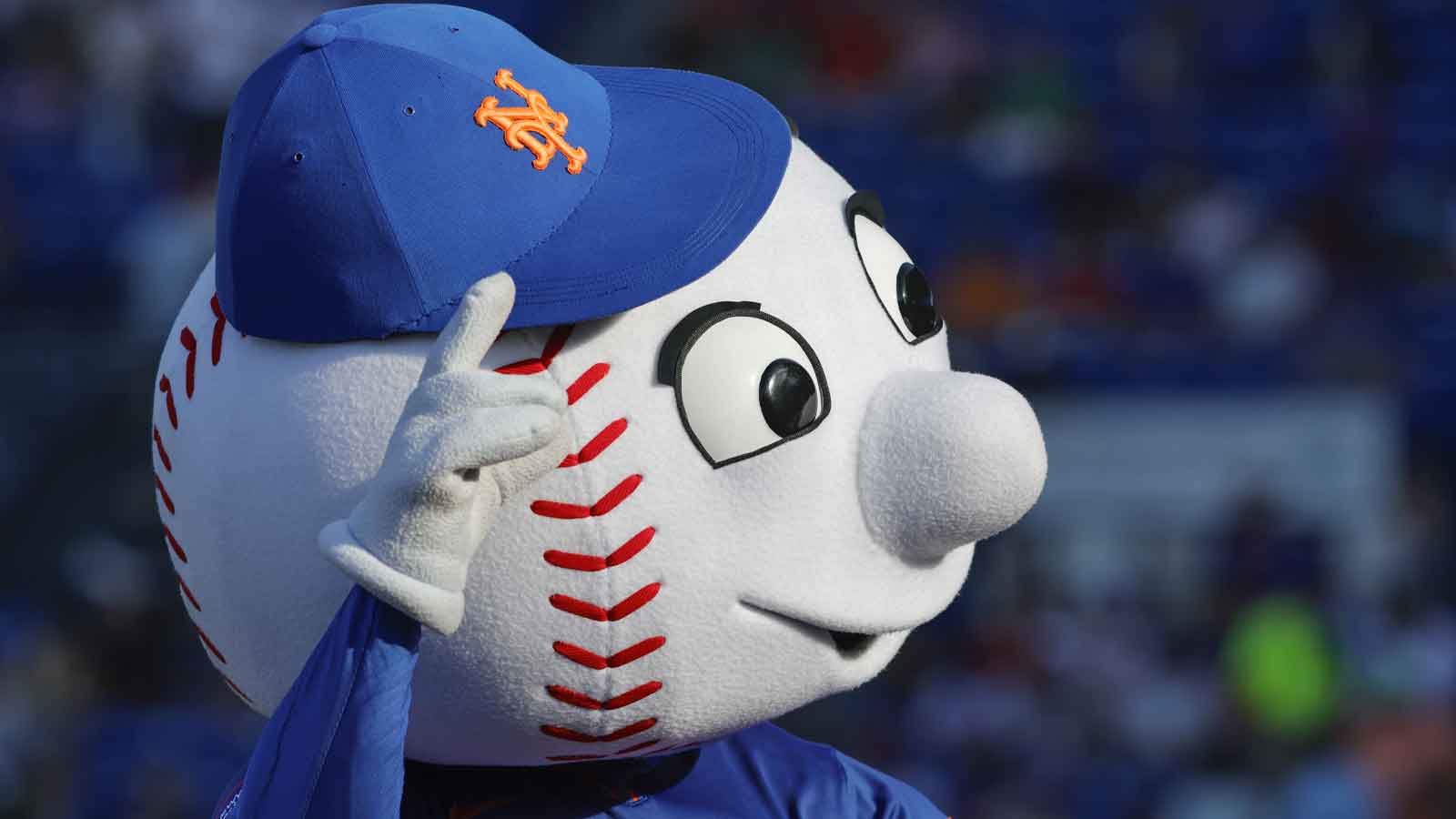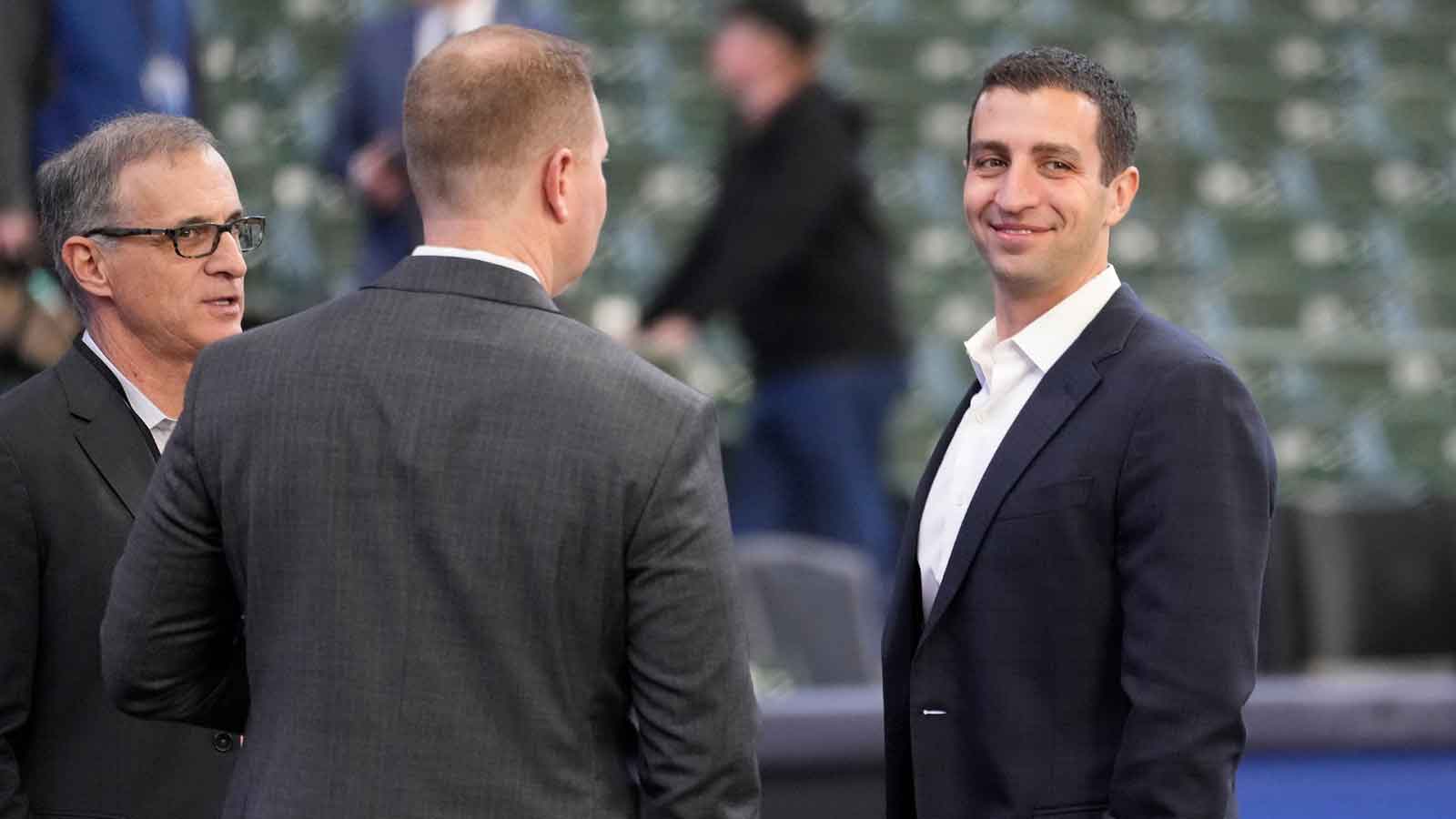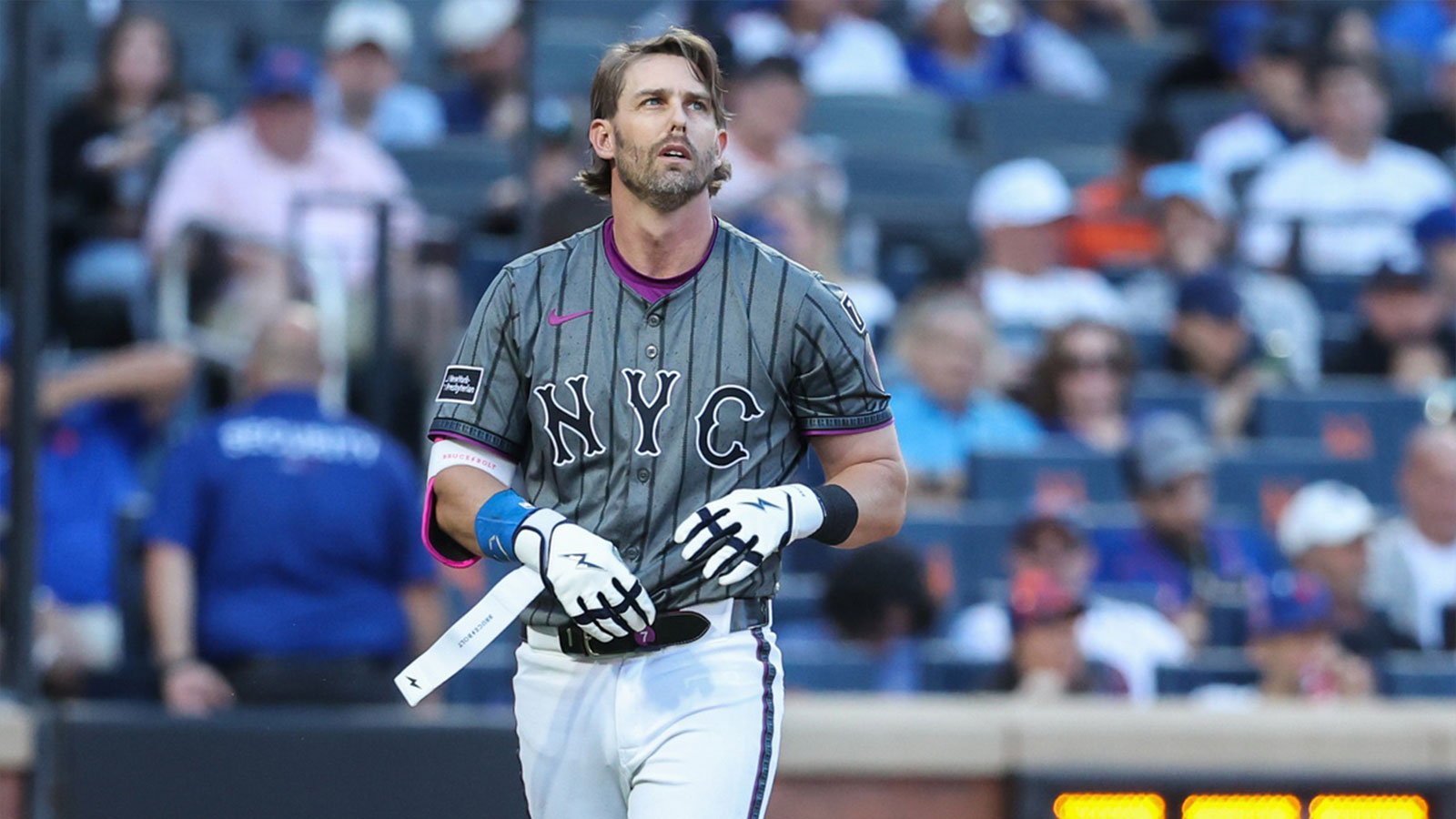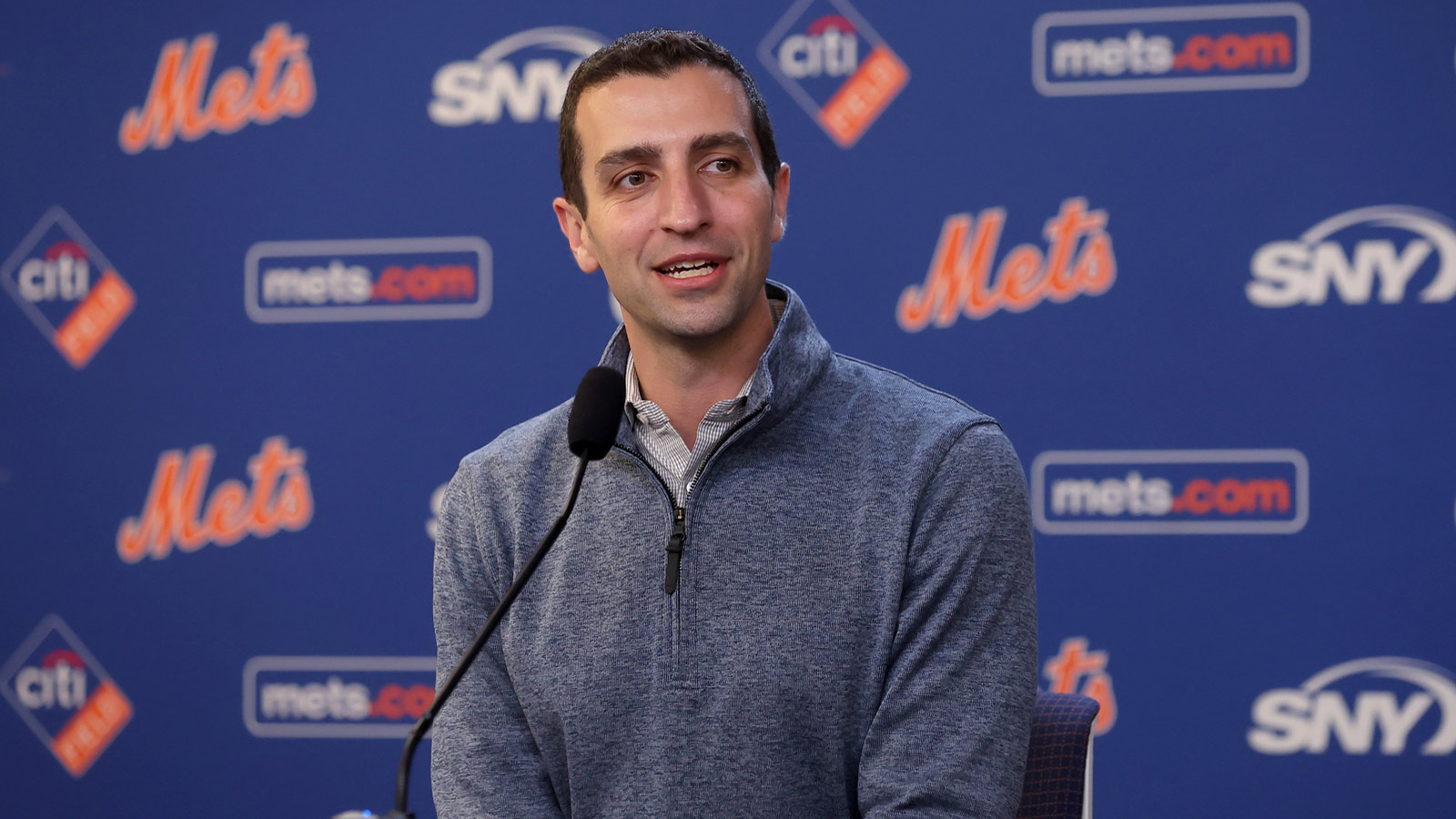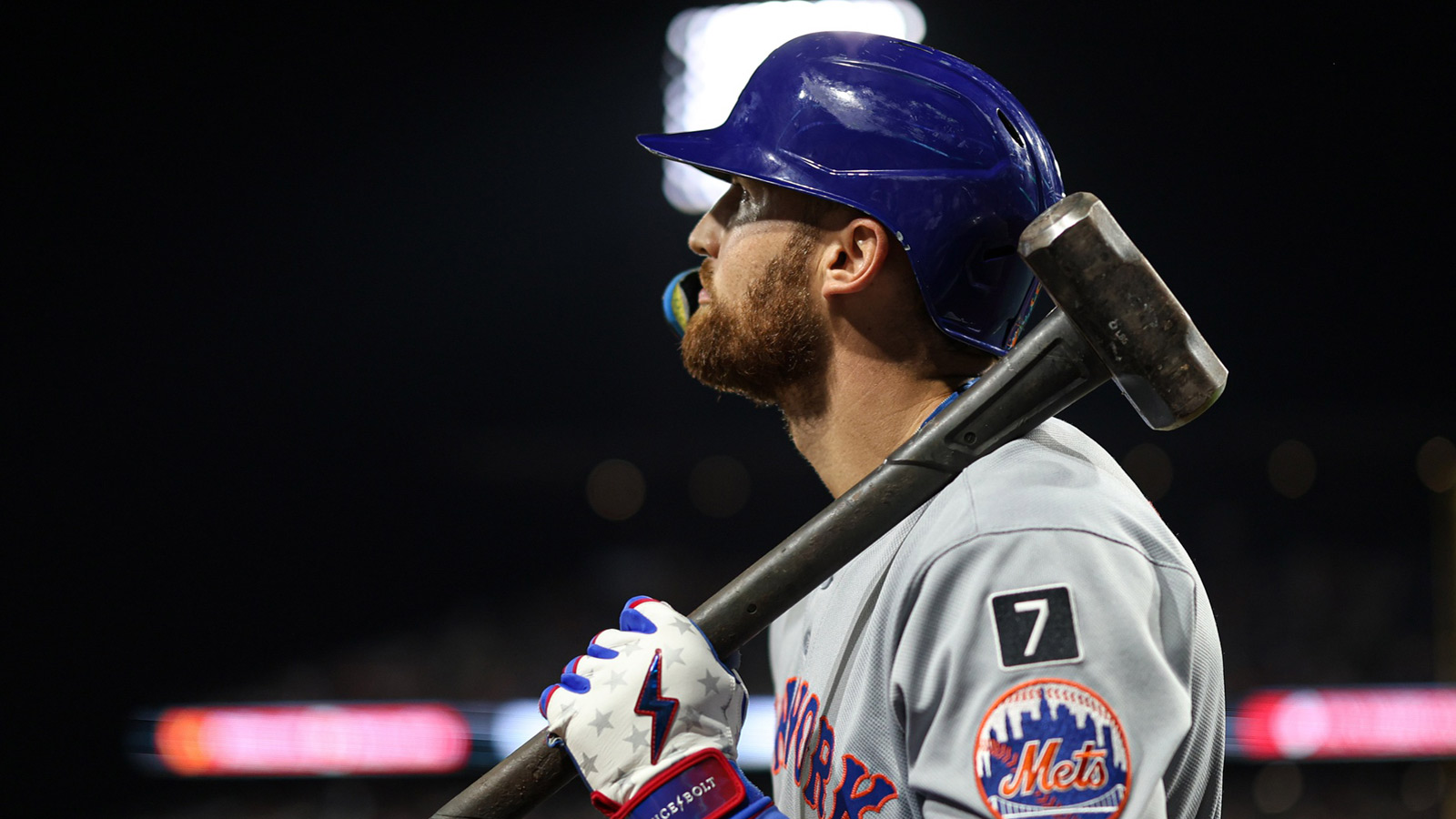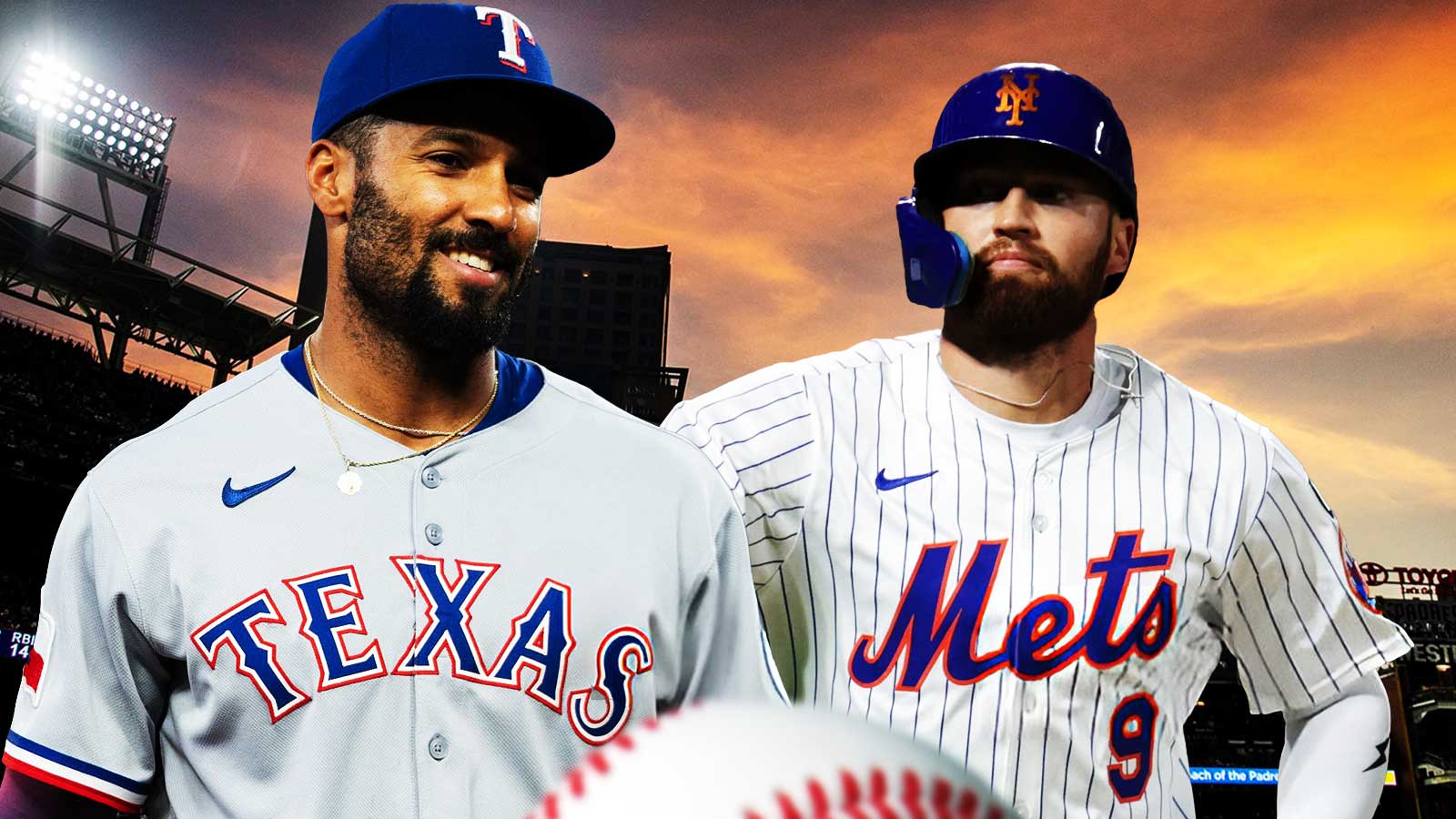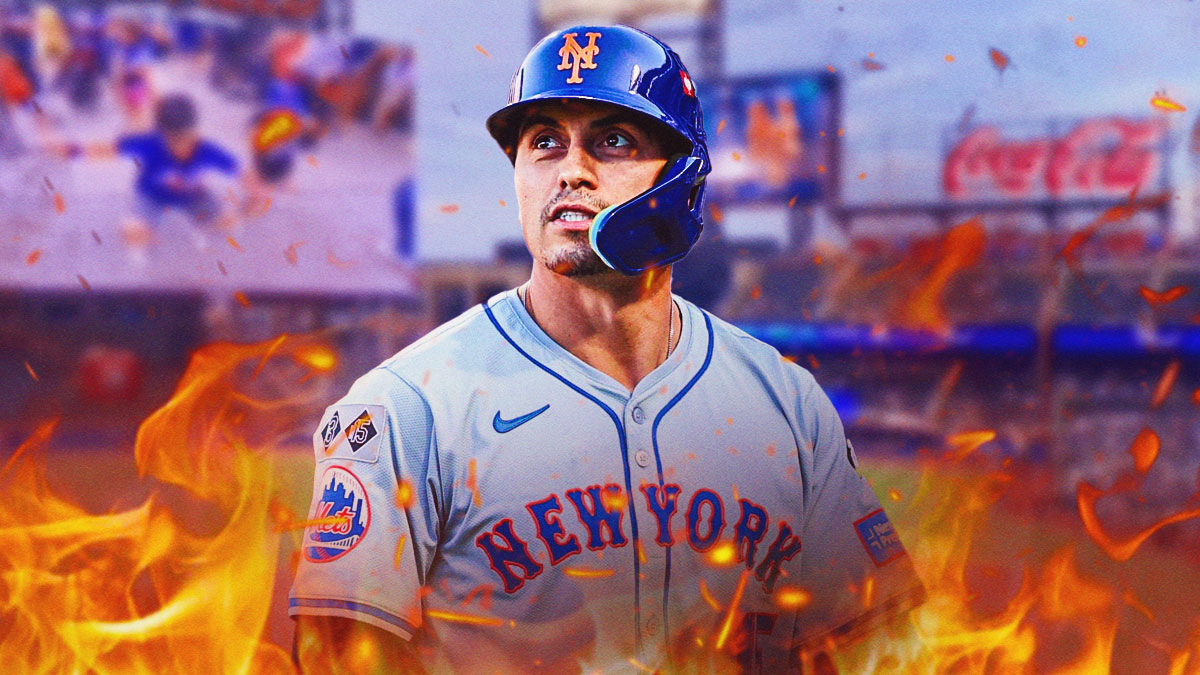The New York Mets made significant additions prior to the MLB trade deadline, but there are still tweaks that they must enact to ensure a strong October arrival.
Specifically, New York has to figure out how to best utilize starter Clay Holmes going forward and also find a way to balance their lineup in a fashion that will challenge opposing pitchers from a strategic perspective.
It could be said that the front office has long understood that solving these challenges could be the key that unlocks another deep playoff run. They did not opt to trade away top prospects for a starting pitcher, and instead chose to add bullpen help and lengthen their lineup.
“I think that is the story of this deadline for us,” Mets general manager David Stearns told SNY. “Our amateur talent and acquisition departments and our player development group put us in position to be able to have this type of deadline where we’re able to go out and acquire players that we really think are going to help us at the major league level and not touch some really high upside players at the top of our system.”
Relievers Gregory Soto, Tyler Rogers, and Ryan Helsley have joined the Mets’ bullpen. Given that each of these arms could be expected to handle late-inning situations along with closer Edwin Diaz, New York will have to find ways to manage the middle innings.
Relievers Reed Garret, Huascar Brazoban, and Ryne Stanek will likely be utilized in these situations until the end of the regular season. But the club could consider moving starter Clay Holmes into a relief role in anticipation of the Postseason.
New York has not signaled that this is a move they are strongly considering, but his previous experience as a reliever has made many wonder where he will land down the stretch.
“We see him as a starter, and we see him as a guy that can [start] in a playoff game for us,” Mets pitching coach Jeremy Hefner told the New York Post last month. “With the information I have right now — and we could get information as the season goes on and make a different decision based on that — but right now, we see it as: He is in a good spot.”
Kodai Senga, Sean Manaea, and David Peterson would likely be the top three October starters. Holmes may be the best option as a potential fourth starter, but his ability to pitch multiple innings might make him more valuable if one of the other three arms struggles early.
For the time being, Holmes will need to remain a starter. The back end of the Mets’ rotation has been questionable. Frankie Montas has struggled, and Tylor Megill has been on the injured list since mid-June with an elbow sprain. As a result, the Mets will need to find a way to survive with a weak back end of their rotation while also looking towards the playoffs.
The Mets’ lineup is deep, but must be aligned for October
Outside of their bullpen additions, New York also acquired former Baltimore Orioles center fielder Cedric Mullins before the deadline. Mullins’ speed and slug adds a unique presence to the Mets’ order that could allow others to thrive.
“We talk a lot about ways that players can impact games that may not always show up in the box score,” Stearns said, “and we think Cedric has the ability to do a lot of that.”
Francisco Lindor, Brandon Nimmo, Juan Soto, and Pete Alonso have helped form a truly versatile contingent. Mullins could be a piece that makes the order even more challenging to face, but manager Carlos Mendoza will have to devise the right combination.
New York has been an above-average club in terms of home runs and OPS thus far. But their offensive ceiling might depend on their ability to generate runs when the main four contributors are not firing on all cylinders.
It could be argued that there are multiple ways to correctly stack Lindor, Nimmo, Soto, and Alonso. Regardless, Mendoza should strongly consider placing Mullins towards the bottom of the order.
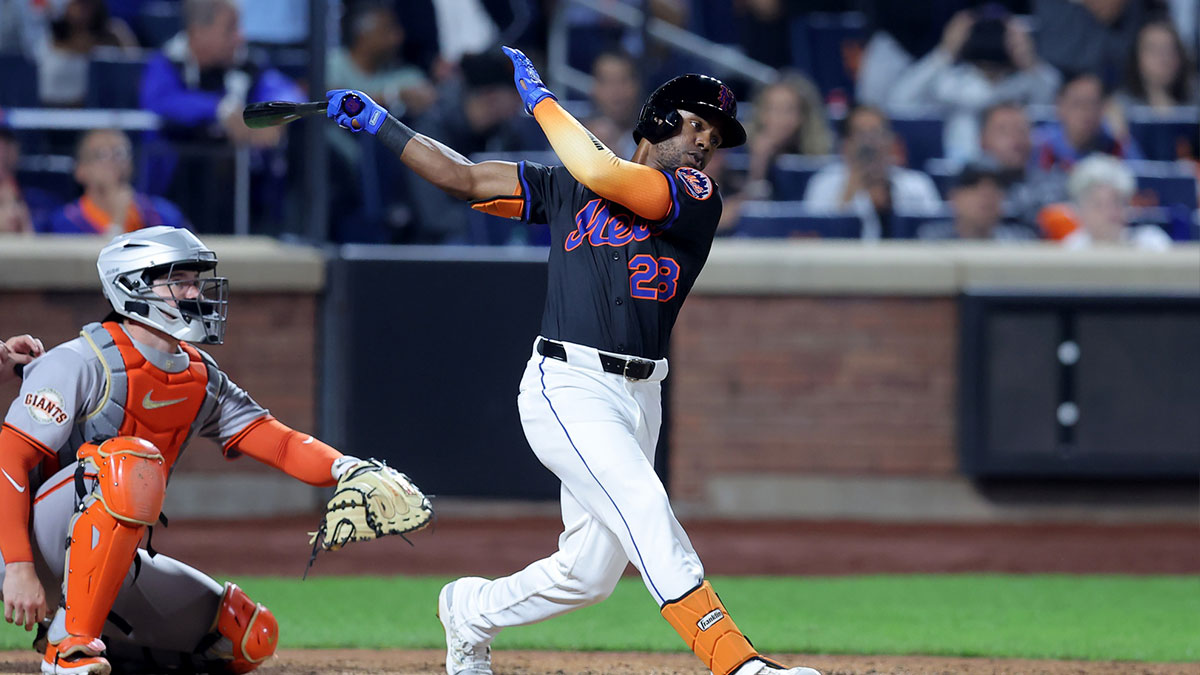
According to Baseball Savant, Mullins ranks in the 79th percentile in Baserunning Run Value and the 68th percentile in BB%. The 30-year-old has proven he can take a nuanced approach at the plate and make smart decisions on the bases.
Such traits could prove vital if the Mets choose to bat Mullins in a spot that would allow him to help turn the lineup over to their four stars. Even if the core group struggles to an extent, an opposing arm might have to face one of them with Mullins on base.
The Mets are above league average in terms of strikeouts and have shown flashes of elite discipline. If the top hitters can take this approach seriously, ground balls, fly balls, and line drives could be enough to drive in a speedy baserunner such as Mullins.
New York is currently 63-52 and holds the National League’s final Wild Card spot. They are 2.5 games back of the Philadelphia Phillies in the NL East.
The team is 2-8 across their last 10 contests. Fans are growing restless amidst what has been a troublesome stretch. It is clear that there is work to be done.
“We have to be better. As a group, we have to come through,” Soto told the New York Post. “It’s not going to be easy. It’s a challenge, but we have to go out there and take it.
“Nobody’s gonna bring a trophy over here and give it to us. We gotta go out there and take it.”

